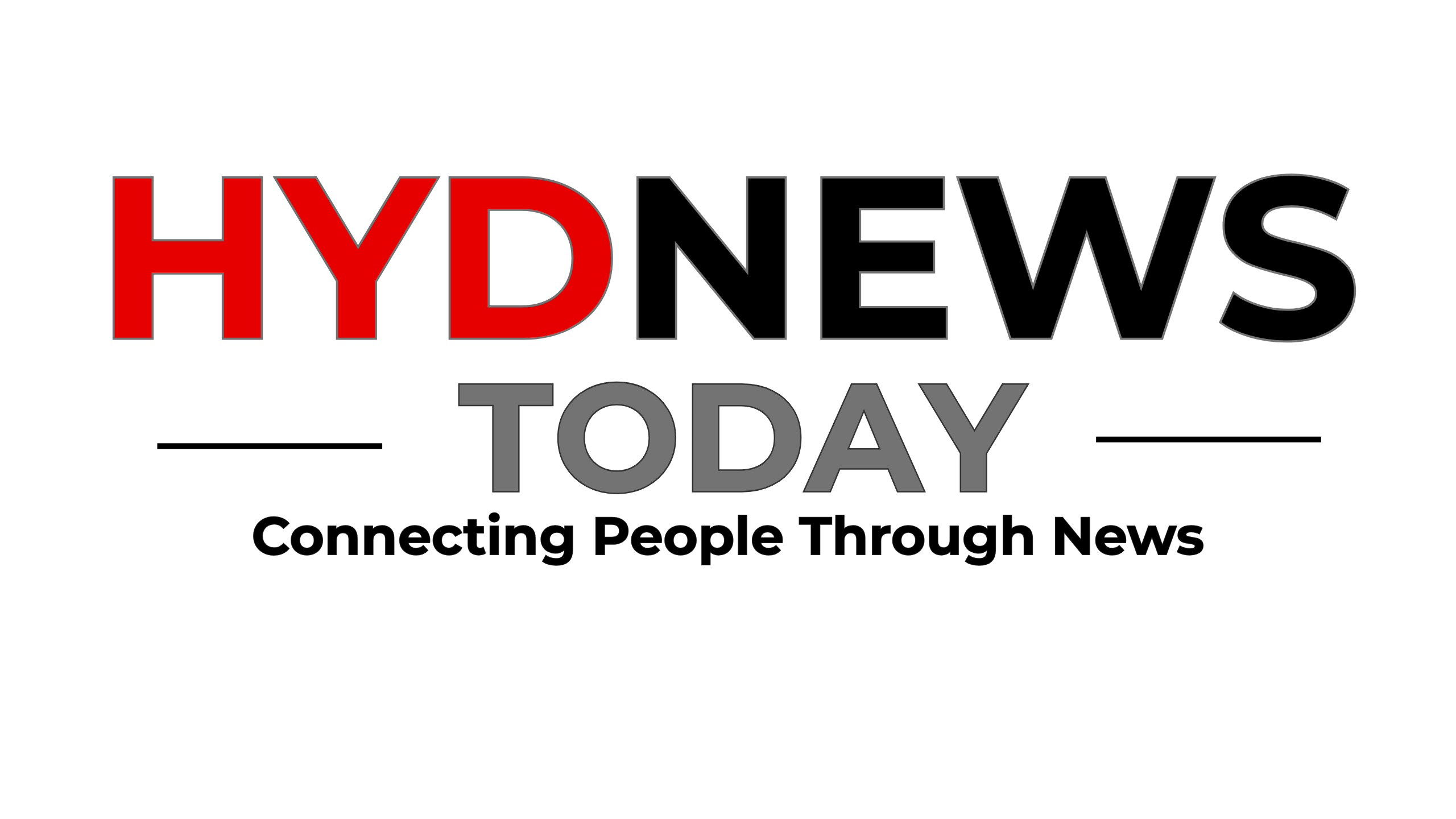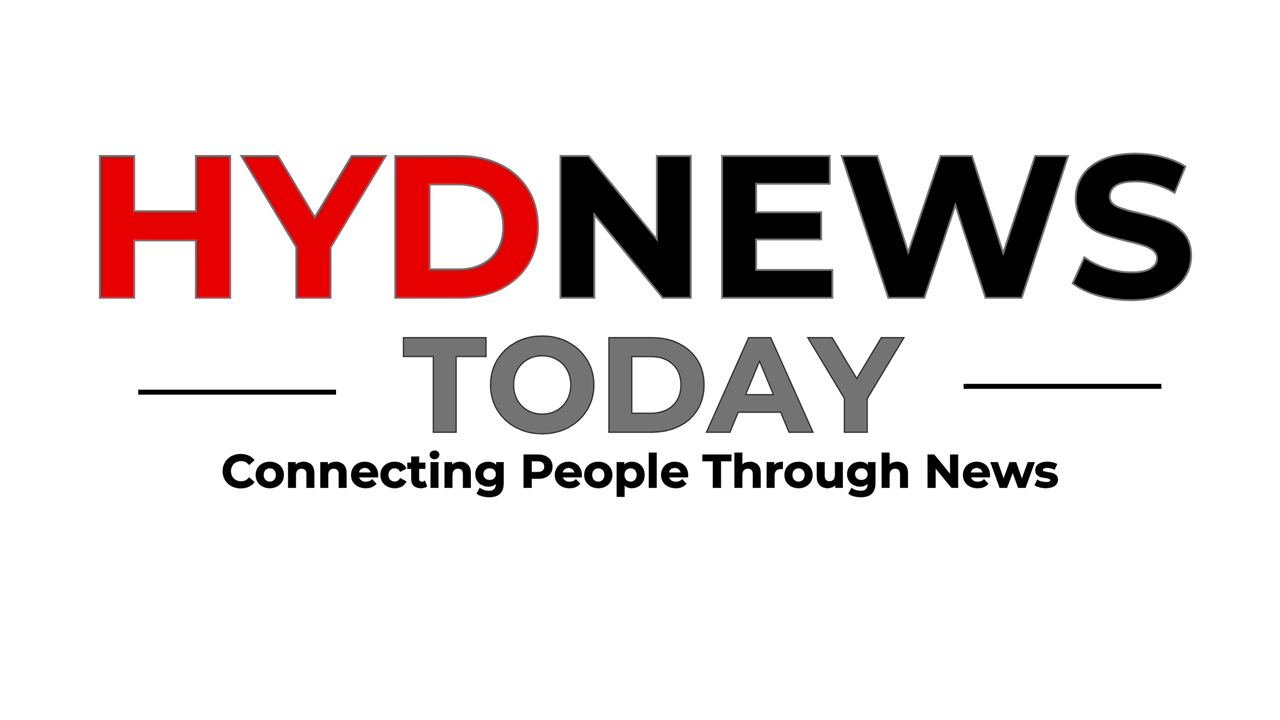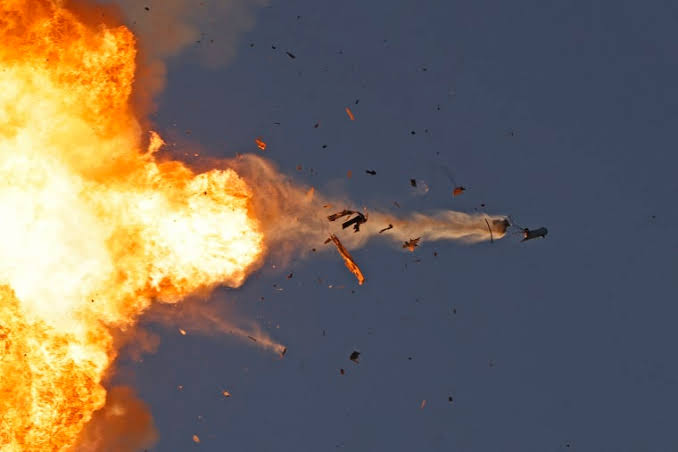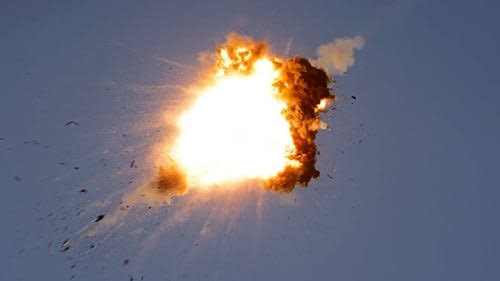The recent escalation in violence between Israel and Hezbollah has sparked significant international concern, with fears that the conflict could spiral out of control.
As of recent reports, nearly 600 people have been killed in strikes involving both sides.
The tensions stem from a broader conflict between Israel and Hamas, which began with a surprise attack by Hamas on Israel, leading to a full-scale military response from Israel in Gaza.
Hezbollah, a powerful militant group based in Lebanon and aligned with Hamas, has increased its involvement, leading to cross-border skirmishes between Israeli forces and Hezbollah fighters.
The risk of a wider regional conflict is growing, drawing in neighboring countries and exacerbating the humanitarian crisis in Gaza and surrounding areas.
World leaders are urgently calling for de-escalation and restraint, with the United Nations and various countries expressing fears that this could lead to a broader regional war involving multiple actors across the Middle East.
Diplomatic efforts are ongoing to try to prevent further bloodshed and find a way to bring the fighting to an end. However, the situation remains volatile, and the prospect of a prolonged conflict looms large.
The Ongoing Conflict :
The ongoing conflict between Israel and Hezbollah is unfolding amid a broader, highly volatile situation in the Middle East, primarily driven by the Israeli-Palestinian conflict and the recent escalation involving Hamas.
This latest surge in violence began when Hamas launched a large-scale, coordinated surprise attack on Israel from Gaza on October 7, 2023, killing hundreds of Israeli civilians and soldiers, and taking hostages.
- In retaliation, Israel launched airstrikes and ground operations in Gaza, which have resulted in significant casualties on both sides.
- As the conflict between Israel and Hamas intensified, Hezbollah, the Iran-backed Shiite militant group based in Lebanon, has begun engaging in cross-border skirmishes with Israel. Hezbollah, which has long had a tense relationship with Israel, has expressed support for Hamas and has carried out rocket attacks on northern Israel from Lebanon.
- In response, Israel has targeted Hezbollah positions in Lebanon with airstrikes and artillery. This has raised fears of a two-front war for Israel, similar to the 2006 conflict between Israel and Hezbollah, which resulted in heavy casualties and widespread destruction in Lebanon.
- The death toll from these escalating clashes is rapidly increasing, with reports of nearly 600 people killed, though this number continues to grow.
- The casualties include civilians, fighters, and military personnel from both Israel and Lebanon. The situation on the ground remains fluid, and the potential for the conflict to expand beyond Israel, Gaza, and Lebanon is causing alarm.
Key Concerns and International Reactions:
Risk of Regional Spillover:
World leaders are particularly concerned that the fighting between Israel and Hezbollah could spark a broader regional war, drawing in other actors such as Iran, which supports Hezbollah and Hamas, and other militant groups across the region. Iran has a history of providing financial and military support to both Hezbollah and Hamas, and its influence looms large over the current escalation.
Escalation of Violence:
The nature of the strikes and counterstrikes is raising fears of an uncontrollable escalation.
Israel’s military is conducting heavy bombardments of Hezbollah positions, while Hezbollah’s increased involvement could lead to the use of more advanced missile systems against Israeli cities, particularly in northern Israel, which would trigger an even harsher Israeli response.
Impact on Civilians:
Civilian populations in both Gaza and northern Israel are suffering the most from the violence.
In Lebanon, where Hezbollah operates, there are also concerns about the displacement of civilians and the potential destruction of infrastructure, which Lebanon, already struggling with a severe economic crisis, cannot afford. Thousands of Israeli and Lebanese civilians have fled their homes near the border, anticipating a protracted conflict.
Diplomatic Efforts:
The United Nations, the United States, European countries, and other international actors have been pushing for de-escalation and the opening of humanitarian corridors to aid those caught in the conflict zones, particularly in Gaza.
The UN Secretary-General, António Guterres, has called for an immediate ceasefire and a halt to hostilities, but the situation remains tense, with no signs of a near-term resolution.
Israel’s Security Dilemma:
Israel faces the complex challenge of defending its citizens from attacks by Hamas in Gaza and Hezbollah in Lebanon, while avoiding a full-scale war on multiple fronts. There is also the risk that other regional actors, such as Syria or Iraq-based militias, could get involved, which would stretch Israeli military resources and could lead to further destabilization in the region.
Global Implications:
Energy Markets:
The conflict is also having global repercussions, particularly in energy markets.
The Middle East is home to many of the world’s largest oil and gas reserves, and any broader conflict that disrupts energy supply chains could lead to economic shocks worldwide, especially in Europe, which is already grappling with an energy crisis.
Political and Humanitarian Pressures:
Western countries, including the United States and the European Union, are under increasing pressure to balance their support for Israel’s right to self-defense with calls for restraint to avoid further civilian casualties and humanitarian disasters.
There is widespread concern about the human cost of the ongoing airstrikes and ground operations in Gaza and the deteriorating humanitarian situation there.
Tension with Iran:
As Iran is a key backer of both Hezbollah and Hamas, its potential direct involvement in the conflict is a critical concern for both Israel and the international community.
Israeli and U.S. officials have repeatedly warned Iran against escalating the situation, but Iran’s influence through its proxies remains a destabilizing factor.
Historical Context:
- The Israel-Hezbollah conflict has deep roots, dating back to the 1980s when Hezbollah was founded during the Lebanese Civil War, with the explicit goal of resisting Israeli occupation of southern Lebanon.
- The two sides fought a brutal war in 2006, which lasted over a month and resulted in heavy losses on both sides, as well as significant civilian casualties and infrastructure damage in Lebanon.
- Despite the ceasefire, tensions have remained high, and Hezbollah has since expanded its military capabilities, reportedly possessing tens of thousands of rockets and missiles.
- Hezbollah’s involvement in this current conflict is part of a broader regional power struggle between Israel and Iranian-backed forces.
- The group has positioned itself as a defender of Palestinian rights, in line with its broader anti-Israel stance, but its deep ties to Iran mean that its actions are also seen as part of Iran’s strategic ambitions in the region.
Outlook:
The conflict between Israel and Hezbollah shows no immediate signs of de-escalation, and the international community’s ability to broker a ceasefire is limited.
With Hezbollah increasing its attacks and Israel responding with significant military force, the situation is precarious. Diplomatic efforts are likely to intensify, but without meaningful progress toward a broader peace settlement, the risk of further violence and a more devastating regional war remains high.

Ganesh is a versatile and skilled reporter with the rare ability to cover a broad range of subjects and write about them in an interesting and educational way, without being constrained to a particular subject area, including business, science, and technology, as well as everything in between.








